Belgrade freed from Nazi occupation 70 years ago
Belgrade was liberated from Nazi occupation on October 20 70 years ago, after four years of occupation that resulted in the death of around 60,000 people.
Monday, 20.10.2014.
16:53

Belgrade freed from Nazi occupation 70 years ago
However, the Belgrade operation, as one of the biggest and most important battles in the Balkans in World War Two, ended on October 22, with the liberation of the municipality of Zemun, which was at the time part of the Nazi puppet state dubbed the Independent State of Croatia (NDH).The Yugoslav Partisan and Red Army troops from the 3rd Ukrainian Front met on the leeft bank of the Morava on October 11 and entered the battle for Belgrade together. The 1st Army Group, commanded by General Peko Dapčević, and the 12th Assault Corps, commanded by General Danilo Lekic, were the Partisan units involved, while the Russians were led by General Vladimir Ivanovich Zhdanov.
Around 80,000 Yugoslav and Russian troops fought hard for 11 days against some 55,000 German troops of the Army Group Šumadija, commanded by General Hans Felber.
The Partisan forces managed to get to the outskirts of the city by October 14 and to the National Theatre building in the heart of the city on October 16. The building was taken the next day. A series of attacks and counterattacks followed, with the heaviest fighting situated near the railway bridge and Hotel Moscow (Moskva) at Belgrade's Terazije Square.
The liberation was marked symbolically on the evening of October 19 when Partisan soldier Miladin Petrović raised the Yugoslav flag at the top of Palace Albania, the highest building in the city at the time.
The Kalemegdan fortress was taken at around 2 a.m. the next day and a bridgehead was established on the left bank of the Sava that afternoon, which marked the start of the battle for Zemun, freed on October 22 when the Germans withdraw in the direction of Ruma.
The Belgrade operation ended 1,287 days of German occupation, created a large free territory and prevented the German Army Group E from retreating from Greece by using the shortest route.
It was very important for later battles in Yugoslavia, but also for the south flank of the Red Army in its later operations against the German forces.
A total of 20,000 people died in the battle for Belgrade, 16,799 of which were German troops, while 8,739 were taken prisoner. The Partisan forces' 1st Army Group suffered 2,944 dead and around 4,000 wounded, while the Red Army's 4th Corps lost 961 troops.
There are 2,994 Partisan and 961 Russian soldiers buried at the Belgrade Liberators' Cemetery, most of whom (2,092) are interred in a joint crypt.



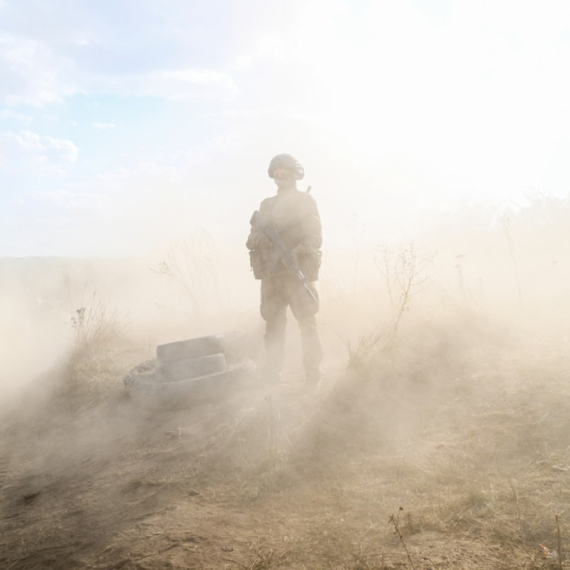
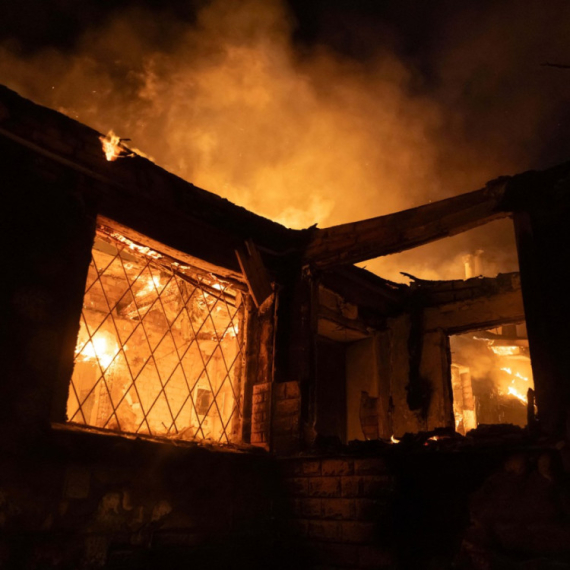
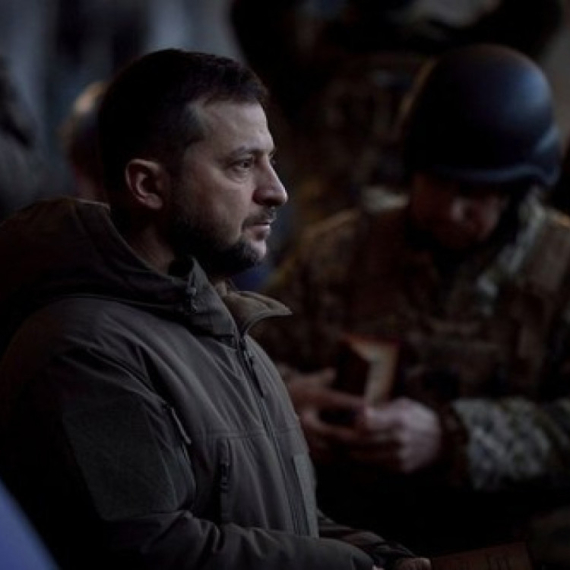









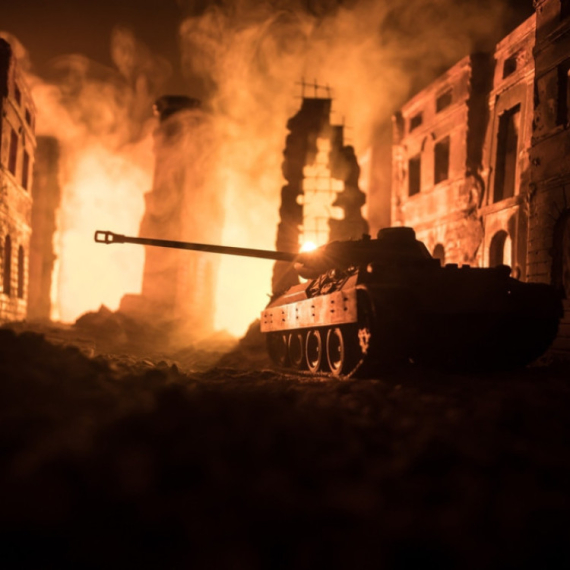


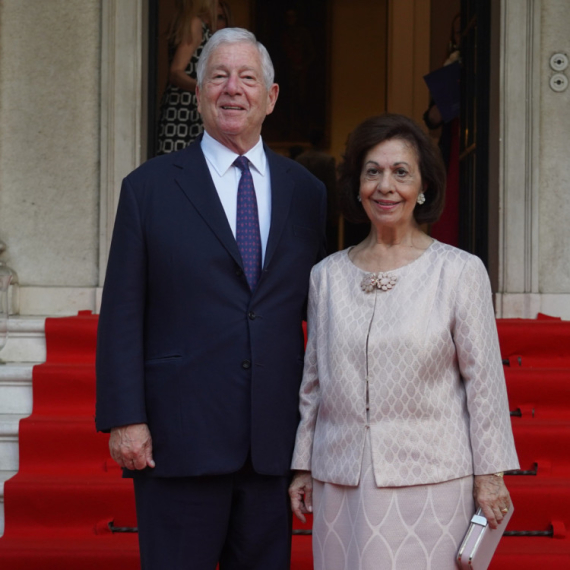








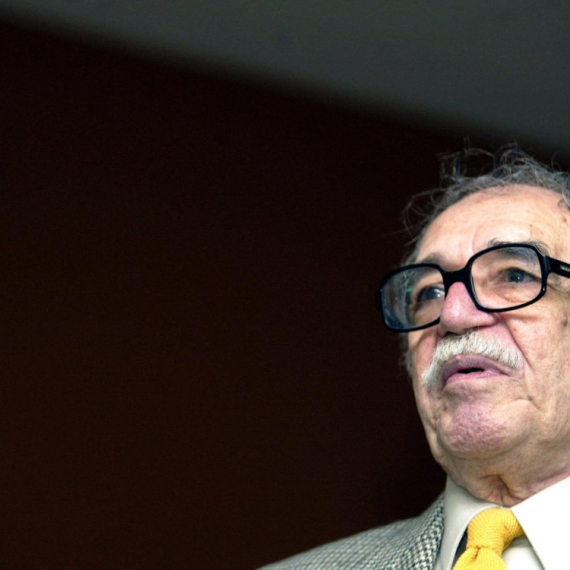









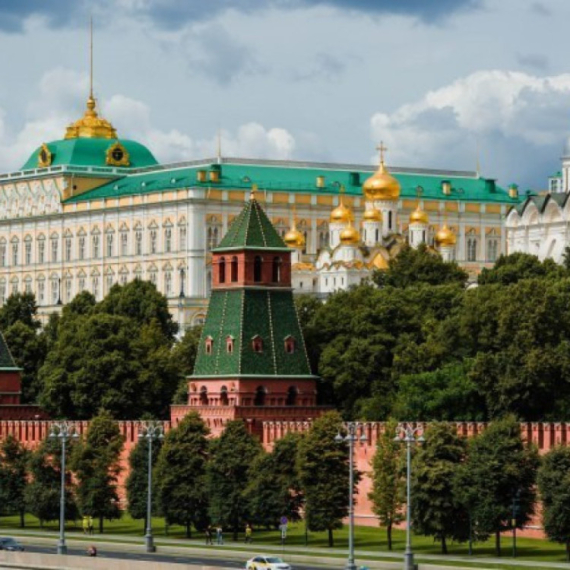



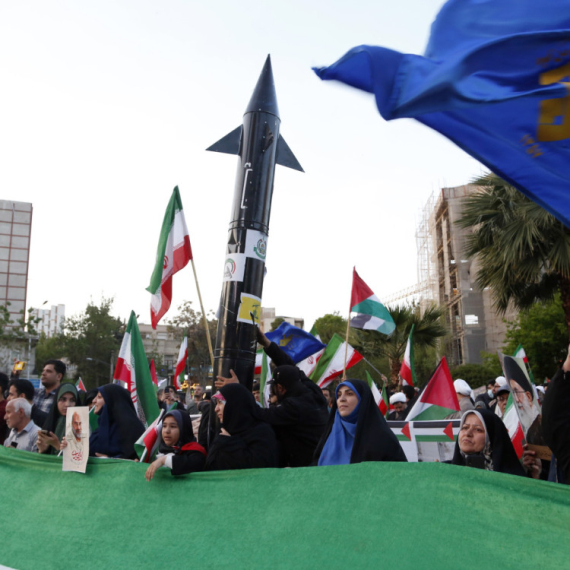












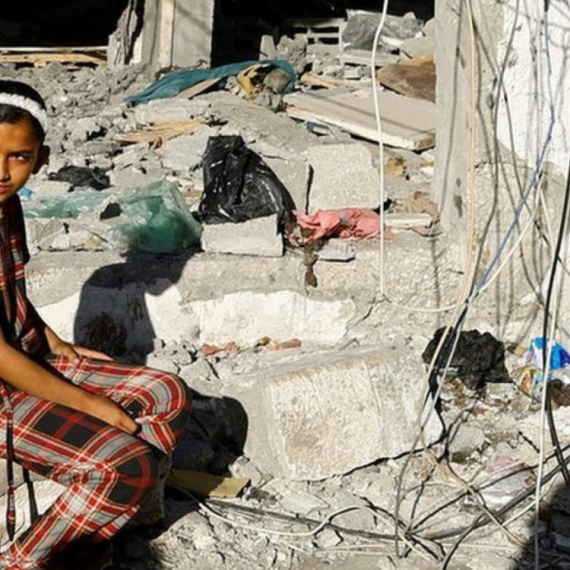
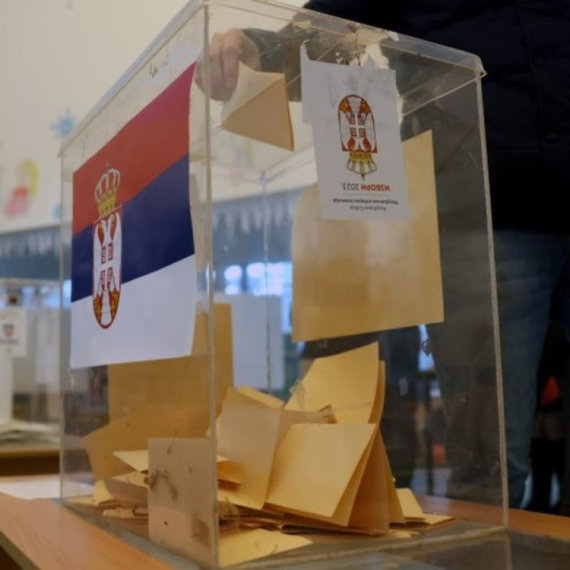
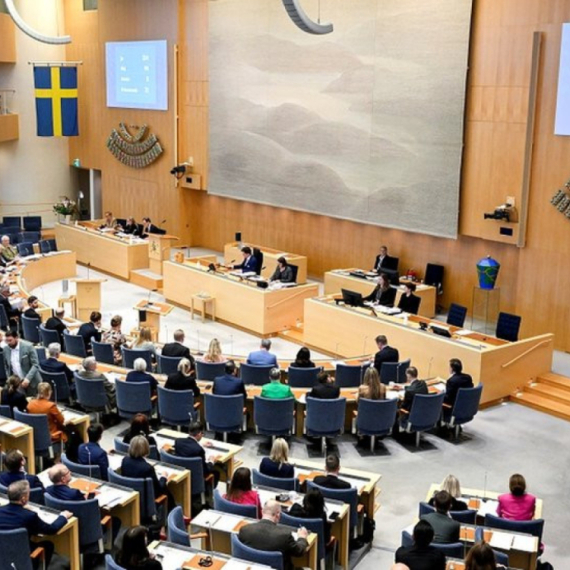

Komentari 1
Pogledaj komentare